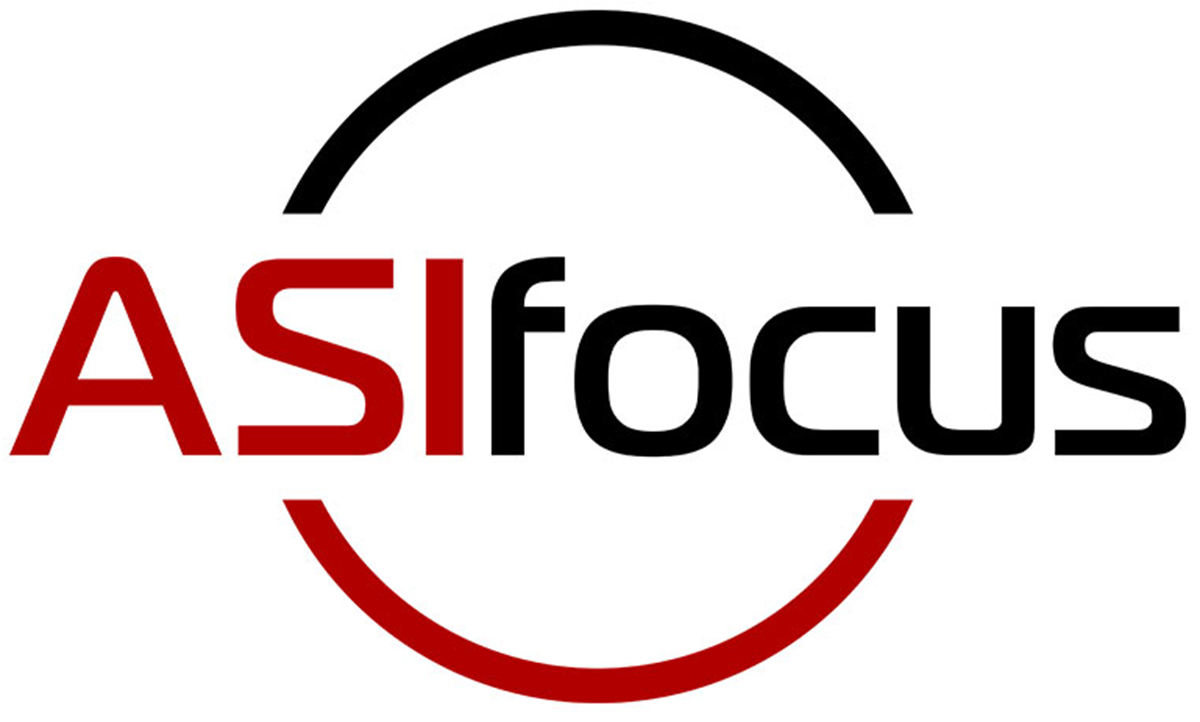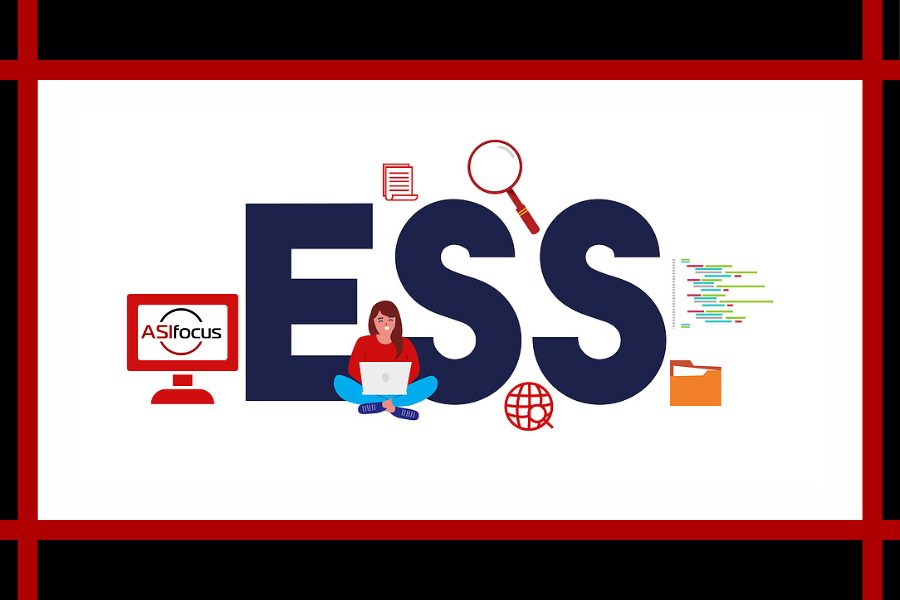Let’s face it—HR teams today are juggling more than ever. Between managing growing teams, handling payroll, keeping up with compliance, and supporting hybrid work models, things can get overwhelming fast.
That’s why employee self-service (ESS) is becoming so transformative for modern businesses. It’s not just about giving employees access to their info—it’s about streamlining processes, boosting efficiency, and empowering people to take ownership of their HR-related tasks.
What Exactly Is Employee Self-Service?
Employee self-service (ESS) is a feature within most modern HR and payroll systems that lets employees manage their own personal info, request time off, check pay slips, view benefits, and more—all without having to go through HR every time.
Think of it as a digital HR assistant that’s available 24/7. Instead of emailing HR for every little update, employees just log into a secure portal—either on desktop or mobile—and get things done.
For HR teams, this isn’t just a convenience—it’s a relief. ESS reduces repetitive tasks, minimizes data entry errors, and frees up time for more strategic work. Meanwhile, employees feel more in control of their own information.
How Does an Employee Self-Service System Work?
At its core, an ESS platform gives employees secure, role-based access to their HR data. Whether someone’s in the office, working from home, or traveling, they can log in and:
- View or download pay slips
- Submit and track leave requests
- Update personal contact details
- Enroll in benefits programs
- Review company documents
Most ESS platforms are cloud-based, which means everything is updated in real-time and accessible from anywhere. This is especially valuable in today’s hybrid work environment.
Automation also plays a big role. For example, leave requests can be routed to managers automatically for approval. Payroll calculations run in the background. Compliance documents are stored and updated without hassle. It all adds up to smoother operations and fewer mistakes.
And don’t worry about security—modern ESS tools come with permission-based access controls to keep sensitive information safe and compliant.
What Are the Main Benefits of ESS?
Let’s talk about the good stuff—how ESS can actually make a difference for your business.
1. Employee empowerment
When people can manage their own info and HR needs, they feel more in control. No more chasing HR to update an address or check a pay slip. Everything’s right there when they need it.
2. Time saved (for everyone)
HR teams get a break from the never-ending stream of emails and small requests. Employees don’t have to wait for answers. It’s faster all around.
3. Fewer errors
When employees enter their own details, there’s less room for mistakes. And with automated workflows, approvals and updates happen faster and more accurately.
4. Flexibility for hybrid and remote teams
ESS supports the way people work today. Whether an employee is on the go or working from home, they can access HR tools anytime, from any device.
5. Better data accuracy and compliance
Because everything is centralized and up-to-date, your business stays compliant and audit-ready. Plus, having a single source of truth makes life easier for everyone.
Who Actually Uses Employee Self-Service?
Pretty much everyone in the company can benefit from ESS.
- Employees use it to manage their personal info, request leave, check documents, and track benefits.
- Managers and team leads can approve time-off requests, view team schedules, initiate onboarding, and access key performance insights.
- HR teams get better oversight with fewer manual tasks, allowing them to focus on strategic work like improving company culture, recruitment, or retention.
Whether you’re a 10-person startup or a 500-person enterprise, ESS scales with you.
What Does a Great ESS Portal Look Like?
A great ESS portal should feel simple and intuitive. If it’s clunky or hard to navigate, people won’t use it. Look for:
- Mobile compatibility (so employees can use it on any device)
- Clear navigation and design
- Integrated tools like document management, payroll, performance reviews, etc.
- Automation features for tasks like approvals and notifications
- Security controls to keep sensitive data protected
It should act as a central hub for everything HR-related—no more digging through emails or spreadsheets.
Choosing the Right Employee Self-Service Solution
Ready to bring ESS into your business? Here are a few key questions to ask when evaluating vendors:
- Is the platform mobile-friendly and user-friendly?
- How well does it integrate with our existing HR or payroll systems?
- How is sensitive data protected?
- Does it support real-time reporting?
- What kind of training and support is offered?
Remember: the goal is to make HR simpler, not more complicated. The right tool should make life easier for everyone—from your newest hire to your head of HR.
Make HR Smoother with ESS
Employee self-service isn’t just a tech trend—it’s a practical way to modernize how your company handles HR. By giving employees more control and streamlining tasks for your HR team, you create a more efficient, responsive, and empowered workplace.
Whether you’re a growing startup or a large company looking to optimize processes, ESS offers the flexibility, scalability, and simplicity you need to stay ahead.
Ready to take the next step? Choose an ESS platform that’s easy to use, integrates seamlessly, and grows with your team. Contact us or schedule your free consultation today.

